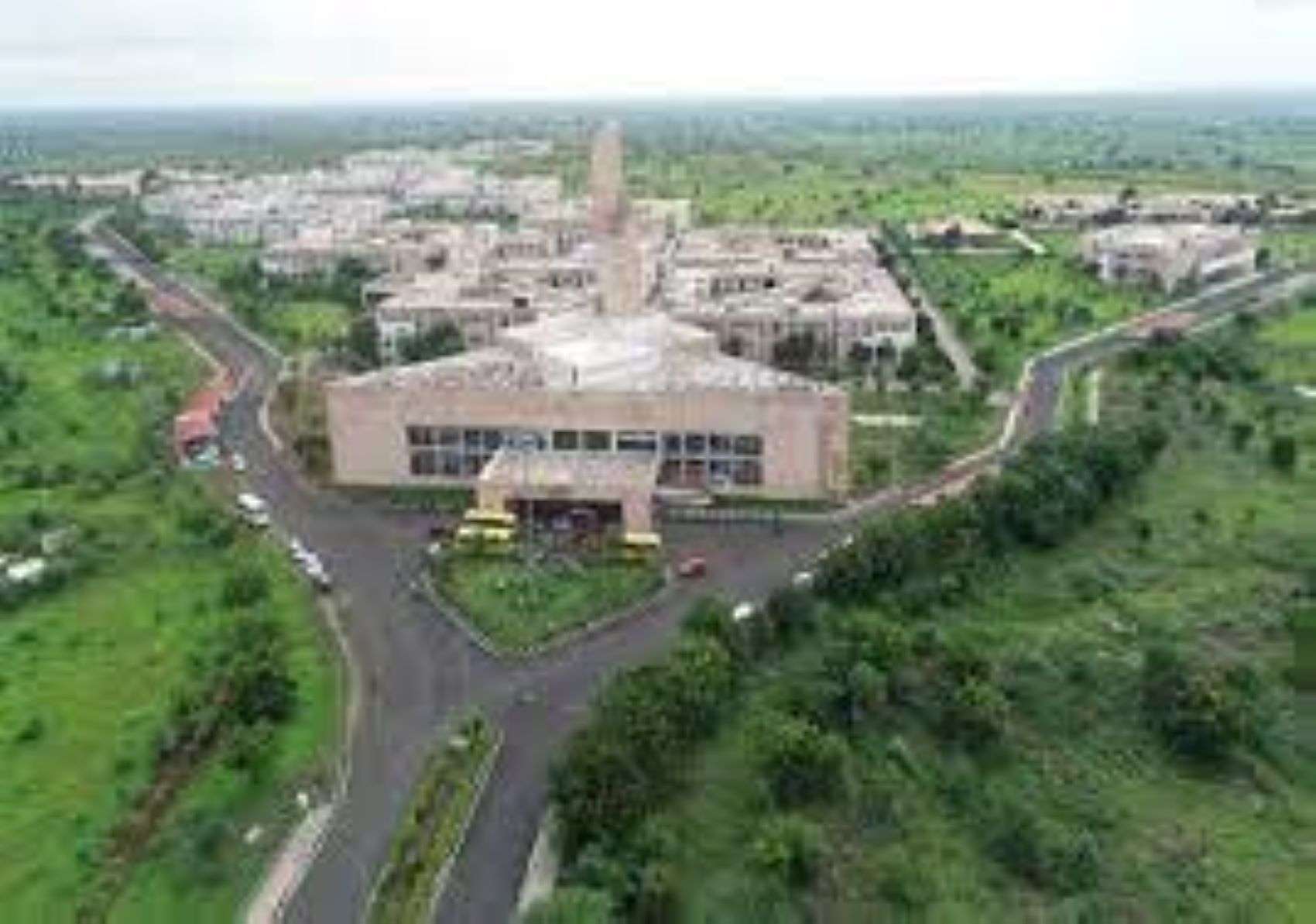Billions of years ago, a collision between two black holes sent gravitational waves through the universe. In 2019, the signals of these waves were detected at the LIGO gravitational wave observatory (United States) and at the Virgo detector (Italy).
- However, what excited scientists was the mass of one of the major black holes, which defies traditional knowledge about how black holes form.
- The discovery and analysis are described in two research articles. One, in Physical Review Letters, details the discovery and suggests possible ways in which the unusual fusion may have taken place.
- The other article, in The Astrophysical Journal Letters, examines the physical properties of the signal.
What exactly was detected?
- It was a signal from a gravitational wave, a relatively new area of discovery. Gravitational waves are invisible waves that form when a star explodes in a supernova; when two large stars revolve in orbit; and when two black holes merge. Traveling at the speed of light, gravitational waves squeeze and stretch everything in their path.
- Gravitational waves were proposed by Albert Einstein in his general theory of relativity over a century ago. However, it was not until 2015 that LIGO detected the first gravitational wave. Since then, several detections of gravitational waves have taken place.
- The signal detected in LIGO and Virgo, as described by the LIGO Collaboration, looked like “about four short shakes” and lasted less than a tenth of a second.
Where are they from?
- Subsequent analysis suggested that GW190521 was most likely generated by the fusion of two black holes.
- The signal probably represented the moment when the two merged. It was estimated to originate from around 17 billion light years away and a time when the universe was about half its age.
- But these results have led to more questions. One of the two merged black holes falls into an “intermediate mass” range, a shift that cannot be explained by traditional knowledge of how black holes form.
Why is this unusual?
- All black holes observed so far fall into one of two categories. A category varies between a few solar masses (a solar mass is the mass of our Sun) and tens of solar masses. They are believed to form when massive stars die.
- The other category is that of supermassive black holes. These range from hundreds of thousands to billions of times that of our sun.
- According to traditional knowledge, stars that could give birth to black holes between 65 and 120 solar masses do not; stars in this range disintegrate when they die, without collapsing into a black hole.
- But in the fusion that led to the GW190521 signal, the largest black hole had 85 solar masses, well in that unexpected range, known as the pair instability mass deviation.
- It is the first “intermediate mass” black hole ever to be observed. (In fact, the smaller black hole is also on the edge, at 66 solar masses.)
- The two merged to create a new black hole of about 142 solar masses. Energy equivalent to eight solar masses was released in the form of gravitational waves, resulting in the strongest wave ever detected by scientists so far.
How did the unusual mass black hole have formed?
- The researchers suggest that the 85 solar mass black hole was not the product of a collapsing star, but was itself the result of an earlier merger. Formed by a collision between two black holes, the new black hole probably merged with the 66 solar mass black hole, generating gravitational waves and the signal received by LIGO and Virgo.










More Stories
Registration for CLAT 2025 begins today; last date October 15
CLAT 2025 registration will begin on July 15
Delhi University 5 Year Law Programs Registration Begins